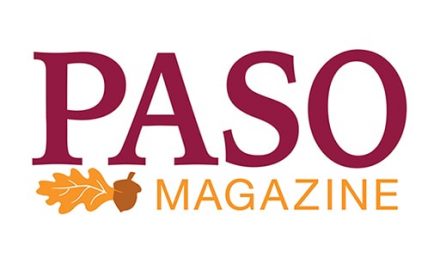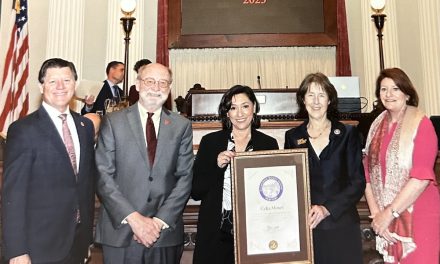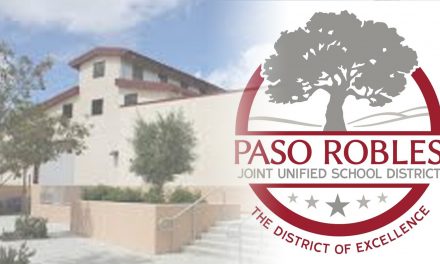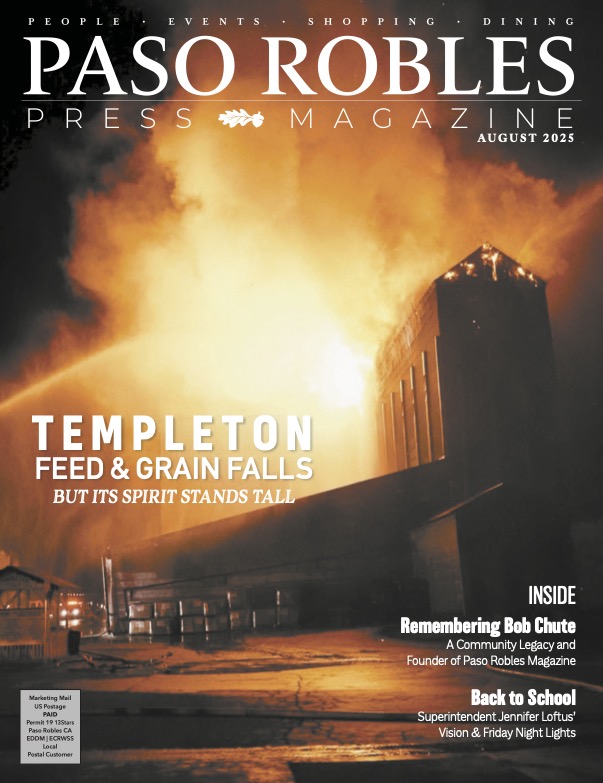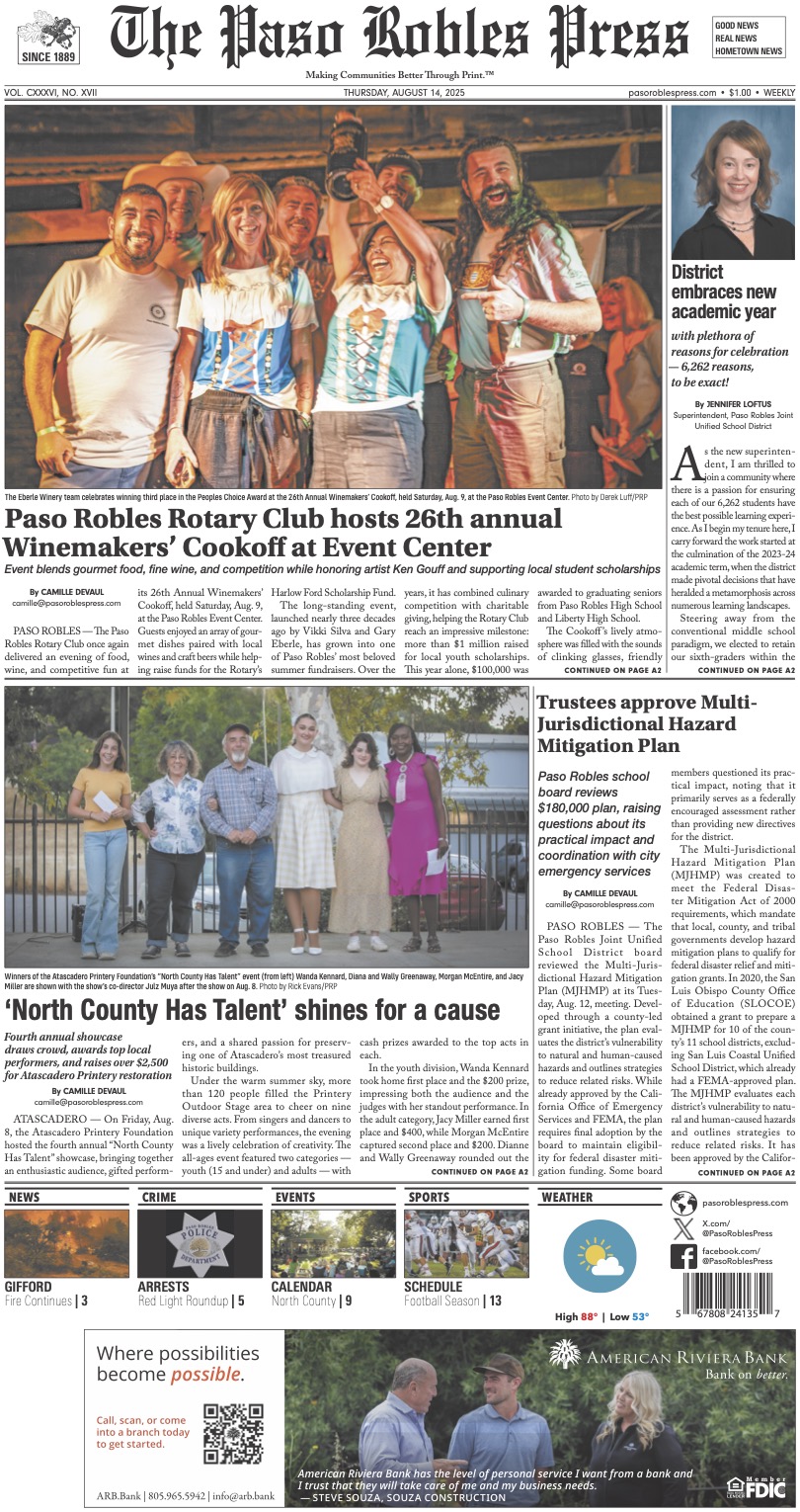A Special Compilation Presented by Tom Taylor
It was Franciscan Father Junipero Serra and Spanish Army Captain Don Pedro Fages who left Father Joseph Cavaller to build a mission in Canada de Los Osos in 1772. After Serra and Fages continued their walk to San Diego, Cavaller started the 5th mission in Alta California two leagues away in San Luis Obispo. It was Cavaller who “discovered” the Cuesta trail up to the rich fields of Santa Margarita and started the Asistencia Santa Margarita de Cortona in 1774 as an outlying farm. Grapes, wheat, barley, pigs and cattle were among the foodstuffs produced by the San Luis Obispo Mission Chumash population. They carted grapes down the grade to be made into mission wine. The Asistencia was to become the meeting place for traveling priests and others.
An extensive building was erected. It was divided into storerooms for different kinds of grain and apartments for the accommodation of the majordomo, servants and wayfarers. At one end was a chapel, and snug lodging for a priest.
There is also an adobe house and an adobe bunkhouse.
The house was used as a Wells Fargo stage stop and general store.
It was, for a time, the local post office. The original El Camino Real (King’s Highway) went right by the adobe house.
After secularization in 1841, the Santa Margarita Rancho was granted to 26-year old Joaquin Tomas Estrada, who was a half-brother to the governor of Mexican California, Juan Bautista Alvarado. Earthquakes had damaged “all the walls in Santa Margarita” and when Joaquin acquired the Rancho land grant, the mission was in ruins. Estrada moved into and existing adobe several hundred yards south of the Asistencia. Joaquin was known for his hospitality and fandangos. One time he invited his friends and relatives from throughout the state to come to the Casa de Estrada for a circus. The party lasted two weeks. For 12 consecutive nights, the circus gave a show.
In 1861, Joaquin sold this 17,735-acre ranch to Martin Murphy Jr. for $45,000, who turned over the running of the ranch to his son, General of the California National Guard, Patrick. Patrick Washington Murphy administrated the Rancho Santa Margarita, the adjacent Rancho Atascadero, and Rancho Asuncion (both Atascadero and Asuncion owned by his brother, Pedro), altogether comprising about 61,000 acres from his Rancho Santa Margarita headquarters.
In 1889 the railroad reached Santa Margarita from Templeton. This was the railroad terminus for 5 years. While the tunnels were being dug for the railroad, all freight had to be loaded for stage and freight wagon transportation up and down the Cuesta grade. Murphy had laid out the streets of the town and held a “grand auction” to sell the lots.
Santa Margarita now boasted a hotel, taverns, blacksmiths, ice cream parlors and a saddle maker. Once the railroad “gap” was closed from Santa Margarita to San Luis Obispo, the town grew quiet.
Modifications to the Asistencia were started by the next owner, Ferdinand Reis of San Francisco in 1901, who also built massive adobe walls for the storage of crops. After the death of William Reis, grandnephew to Ferdinand, the ranch was willed to Stanford University, which then sold the property to the Robertson family of Texas. The Robertsons operated and preserved the ranch until 1998.
Margarita Town saw a renaissance in the roaring 1920s. The El Camino Real was one of the primary roads for seeing California.
The town sported a motor inn, hotel, six gas stations, garages, pool halls, restaurants, taverns and a baseball team. Then came the depression.
The bulk of the ranch is now owned by three local families, the Filipponis, Rossis, and Wittstroms. The historic Santa Margarita Ranch continues today as one of the oldest operating cattle ranches in California.
Rob Rossi, who separately owns the 1,000 acre headquarters, established the Pacific Coast Railroad, a historic narrow-gauge Railway that includes several steam engines including one from the Dr. Quinn TV drama. The Railroad also includes four of Walt Disney’s 5/8 scale passenger coaches, once Walt’s pride at the opening of the 1955 Disneyland.
The three families have also established Ancient Peaks Winery, an estate winery with their ranch vineyard originally planted by Robert Mondavi; and Margarita Adventures, a zip-line and outdoor adventure group, that adds history tours and recreation opportunities for its numerous Ranch visitors.
The Asistencia building on the property is regarded as the first stone-and-mortar structure built in California.
It has served as a farmhouse, granary, chapel and lodging quarters during the mission period. Today the original building is covered by a protective barn and continues the historic Rancho Hospitality to host visitors for community events, weddings, and private parties.
El Camino Real at one time, ran right through the ranch. With the coming of the railroad, it was relocated alongside the tracks. The original ranch house still stands today, its adobe walls now protected by wood siding. The existing Wells Fargo building was an official stage coach stop for Wells Fargo and other stages, and for a time, was the town post office. There is now a mission grape vineyard honoring the ranch’s wine-growing roots.
The ranch history of viticulture began with the Mission-era grape-growing Father Martinez. The Estrada family looked into it with no success, and the vines planted in the 1800s remained part of the wild landscape until Robert Mondavi planted the first vineyards, spawning Ancient Peaks Margarita Vineyards.

